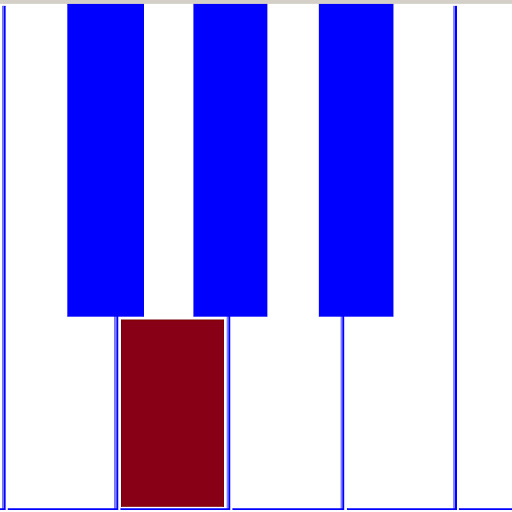

Start with these three chords on the piano:
Next, add the vocal line on top:

That actually is the guitar riff / vocal theme of "Rock 'n Roll Woman."
That song appears on the 2nd album of the Buffalo Springfield. David Crosby had a big hand in writing it, along with Stephen Stills. I could be wrong, but I think David Crosby wrote that catchy, transcendant riff/theme/hook, but Stephen Stills wrote the rest of the song around that -- particularly vocal melody, lyrics, and bridge.
The bass line (left hand) alternates between F and D.
The harmonic structure can be analysed as alternating between 'F' Lydian mode, and 'd' dorian mode. This serves as an example of the influence of Jazz (Impressionistic / Modal) harmony on David Crosby, interestingly.
I.J. keyboard harmony instructional video: "Rock 'n Roll 3 chords"
and see how they layer on top of one another, to create harmony:
View a slide presentation (G docs) showing the 4-note figure, layering


So, given the bass lines ('F' moving to 'D', and then back, in a cycle/pattern) --
Each hand can play one individual triad (or 7th chord) at a time -- and this
will create compound chords/harmonies. (These should be vocal parts/lines/phrases,
by the way.)
Here are 11th chords, distributed between two hands (staves):

Maybe those same notes are easier to read, if notated one octave (8vb) lower:

15th chords ! :

Maybe that's going too far, harmonically.
Instead, don't go beyond 13th chords ...

Those are thick, complex harmonies. (Lots of stacked (harmonic intervals of) 3rds.)
Maybe it would be helpful to include an explicit sharp (courtesy accidental) for every single time a black key is pressed ...

A Previous harmony lesson could be the one about the song titled: "Ye-Me Le"
back to Free Instructional Materials
| back to homepage |